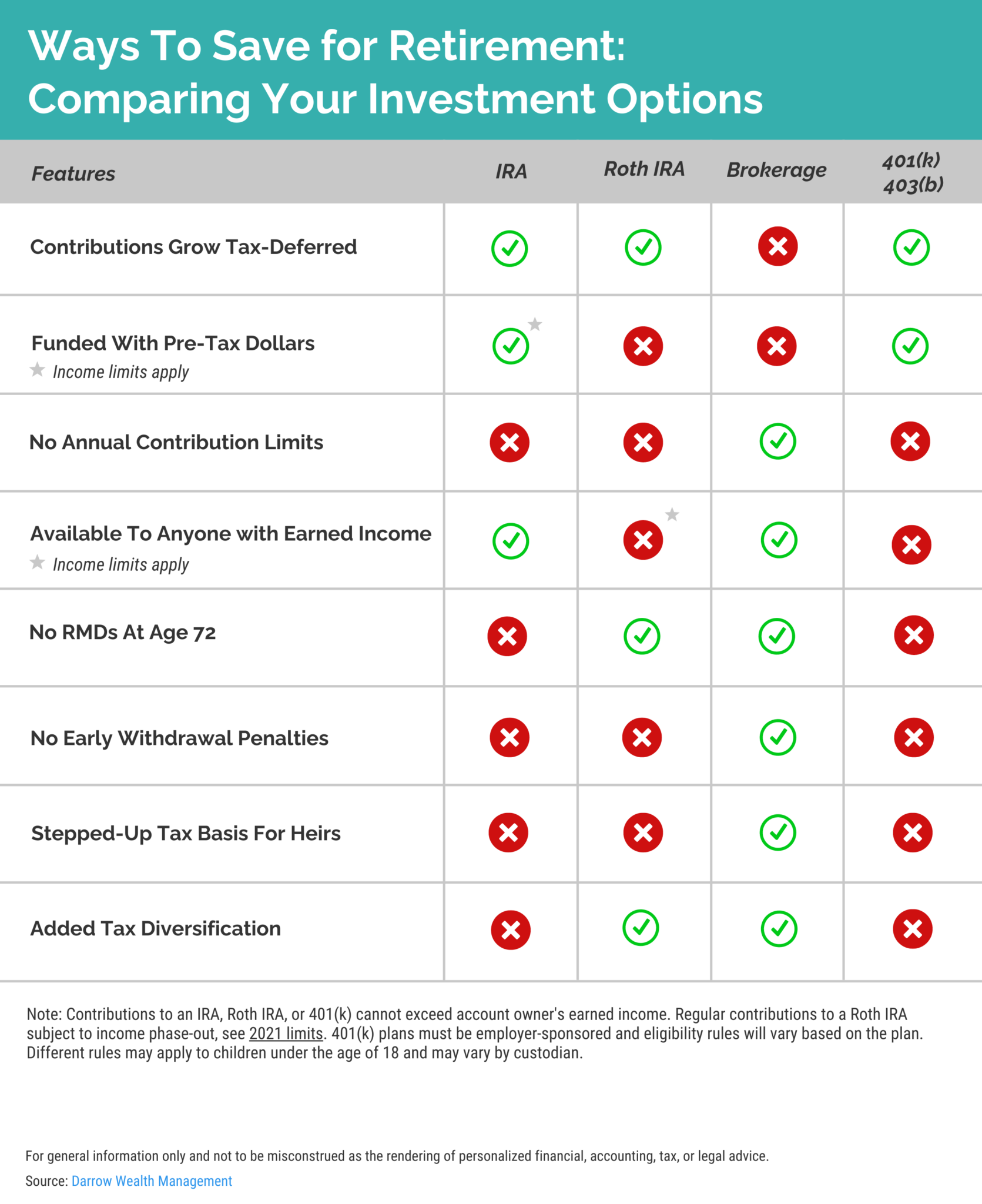


She can max out her contribution to her Roth IRA at $6,5 at her income level. She earns $130,000 per year, putting her in the 24% tax bracket. Because contributions are made post-tax, savers in higher tax brackets could find themselves paying more now than they would in their retirement years, when their tax brackets might be lower. One potential pitfall of Roth IRAs is that they might disadvantage high earners. Married filing separately and you lived with your spouse during the year Married filing jointly or qualifying widow(er) Single, head of household, or married filing separately and you did not live with your spouse during the year The IRS uses your MAGI to determine how much you can contribute to a Roth IRA. Now let’s turn our attention to the income limits. But the trade-off is that you get tax-free withdrawals in retirement.

Remember that Roth IRA contributions are made with money that has already been taxed, meaning you don’t get immediate tax benefits. So how much can you contribute? For 2023, the maximum you can contribute to all your traditional and Roth IRAs combined is $6,500, or $7,500 if you’re 50 or older. As we mentioned above, your modified adjusted gross income must be under certain limits for you to contribute to a Roth IRA. Whether you’re 18 or 80, you can contribute if you have taxable compensation.īut there’s a caveat: Your income plays a role too. There are no age restrictions on Roth IRA contributions. But this topic is key to understanding some of the disadvantages of Roth IRAs. Navigating the Roth IRA contribution rules and income limits can be overwhelming. Roth IRA contribution rules and income limits That sounds appealing, right? Well, don’t forget that every silver lining has a cloud. In a nutshell, Roth IRAs are tax-advantaged retirement accounts that allow you to pay your tax bill upfront and then sit back, relax, and enjoy tax-free growth and withdrawals. That isn’t the case with traditional IRAs. You can withdraw your contributions - but not your earnings - at any time tax- and penalty-free. If you’re married and filing jointly, your MAGI must be under $228,000. Withdrawals in retirement are also tax-free.īut there’s a catch: If you’re a single filer in 2023, your modified adjusted gross income must be less than $153,000 to contribute to a Roth IRA. Unlike traditional IRAs, which allow you to make contributions that grow tax-deferred until you withdraw them in retirement, Roth IRAs allow you to make post-tax contributions that grow tax-free. Its unique selling point lies in the tax benefits it offers. The Roth IRA is a type of individual retirement account. What are Roth IRAs? And how do they work? But the knowledge you gain will empower you to make the best decisions for your unique circumstances. Let’s explore the disadvantages of Roth IRAs. And it might not be the best fit for you. Every investment vehicle has pros and cons. Why? The tax-free growth and withdrawals, lack of required minimum distributions, and ability to contribute at any age make the Roth IRA a crowd-pleaser.īut before you get swept away by the allure of this retirement account, remember that there’s no one-size-fits-all investment strategy. They are flexible, they have major tax advantages and everybody seems to love them. Roth IRAs are like the cool kids at the investing party. Investing in a mix of Roth and traditional IRAs and 401(k)s can provide flexibility and security.Consider a Roth IRA if your tax bracket will be higher in retirement than it is today.Roth IRAs offer unique benefits but also have drawbacks like income restrictions.


 0 kommentar(er)
0 kommentar(er)
